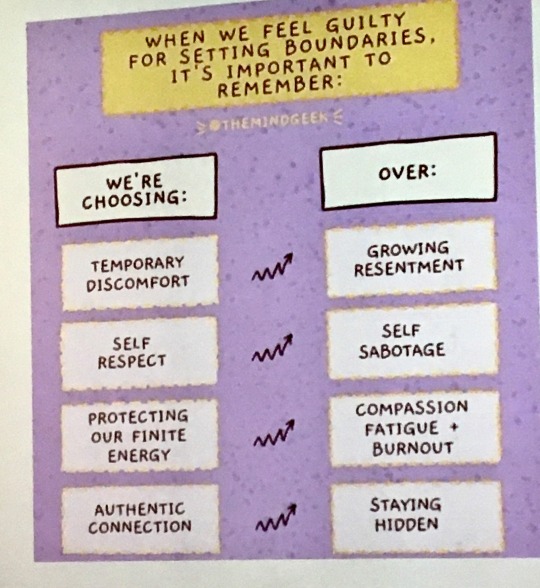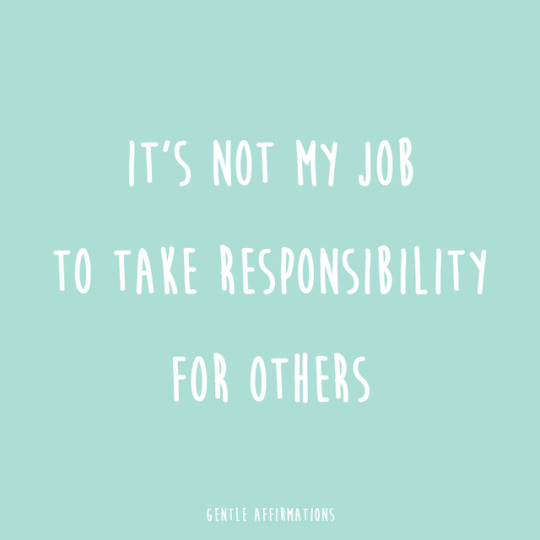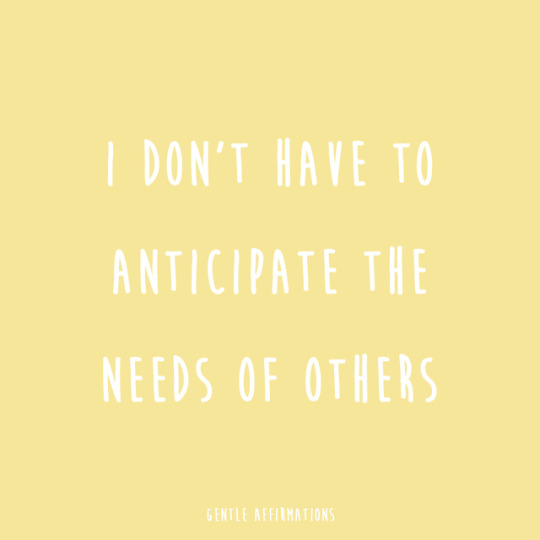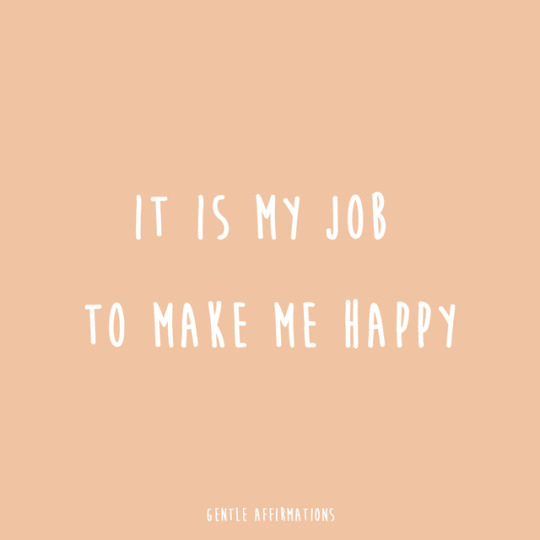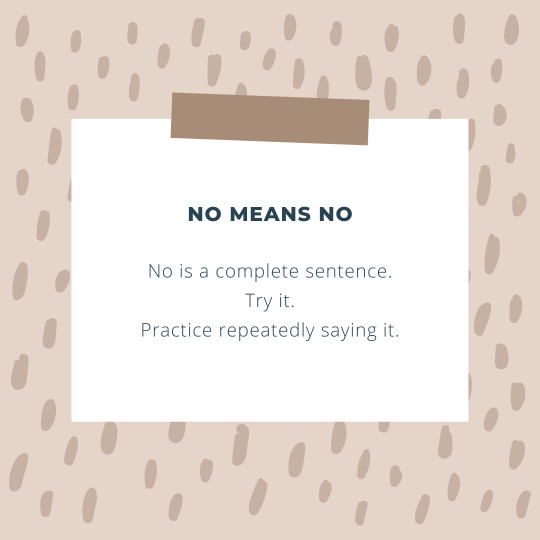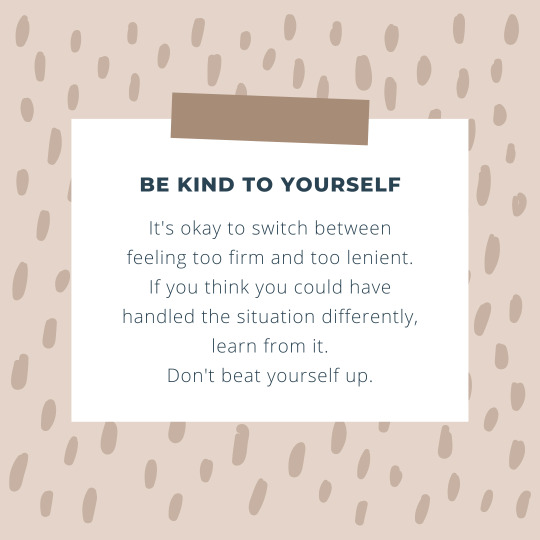Text
Common Reasons People Don't Respect Boundaries

While there can be specific reasons why some boundaries are not being respected, there are some common threads as to why people don't respect boundaries. In this post, we list a few common reasons as well as additional questions to reflect on them.
You aren't upholding your boundaries with them.
When was the last time you upheld your boundaries with people? Do you stand up for your boundaries?
You didn't speak in a firm tone.
How did you convey your boundaries? Did you sound unsure or lacking in confidence?
You didn't state a need or an expectation.
Was your boundary clear about what another person is expected to do? Did you go through the details of what is needed?
Your boundaries are flexible -- sometimes they are serious and sometimes they are not.
How consistent are you with your boundaries? Do you often make exceptions for people? How consistently are you in the manner of how you express your boundaries?
You assume people will self-correct even if you don't tell them what you need or want.
Are you vocal about when someone makes a boundary violation towards you? How many passes do you give to people when they have yet to follow your boundaries?
You believe that stating your boundary once should be enough.
When was the last time you mentioned the boundary? How did you convey it that last time?
You apologize for having boundaries.
When was the last time you apologized for your boundaries? How often do you apologize for your boundaries?
You issue consequences and don't stick to them.
When was the last time you followed through with the consequences you mentioned? Did you follow through completely? Are there consequences at all?
Reflecting on these items and questions can give you an idea about what needs to happen for the boundaries to be respected as well as some other approaches you can try. Feel free to check out our other resources to explore guides on how to tackle these reasons.
References:
Tawwab, N. G. (2021). Set boundaries, find peace: a guide to reclaiming yourself. TarcherPerigee, an imprint of Penguin Random House LLC.
1 note
·
View note
Text
Exercise: Boundary Violations
Have you experienced having a personal boundary violated even after communicating it to others? Reflect on the following guide questions:
What was boundary that I set?
How was this boundary violated?
How did I feel when this boundary was violated?
What needs to change for this boundary to be upheld? (i.e., what actions steps can I take to prevent another boundary violation?)
1 note
·
View note
Text
Dealing with Boundary Violations

Communicating our boundaries is important, but it does not guarantee that others will honor or respect them. Once we've gotten the challenging part of communication down, we need to make sure that our boundaries are upheld. How do we deal with boundary violations?
"If you want people to respect your boundaries, you have to respect them first"
1. Speak up when a boundary has been violated. When you choose not to say anything, you give others the impression that it is okay to cross your boundaries. Let others know that this is something you do not like.
2. Verbalize your boundaries. Reinforce the boundary by restating it clearly.
3. Let others know how boundary violations make you feel. Communicate how boundary violations affect you.
4. Don't let people slide. Be firm and consistent in maintaining your boundaries.
References:
Tawwab, N. G. (2021). Set boundaries, find peace: a guide to reclaiming yourself. TarcherPerigee, an imprint of Penguin Random House LLC.
1 note
·
View note
Text

So often it's the little things that have the hugest impact.
82 notes
·
View notes
Text
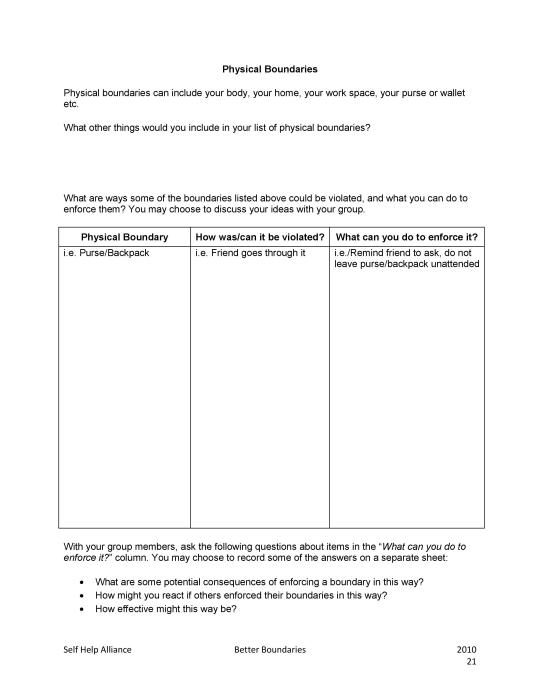
Physical Boundaries | Printable
2 notes
·
View notes
Text
Dos and Don'ts of Setting Boundaries

Do:
Be clear, calm, and respectful.
Plan and expect people to get upset, but remain firm.
Remember you have a right to self-care.
Practice and listen to yourself (DEAR MAN and GIVE FAST).
Don't:
Do not justify, get angry, nor apologize for setting boundaries.
Do not let fear or guilt prevent you from doing self-care.
Reference: Katherine, A. (1993). Boundaries. Simon and Schuster.
1 note
·
View note
Text
Exercise: The Dime Game
The Dime Game helps us consider our options from low intensity (flexibility and acceptance of the situation as it is) or high intensity (staying firm and utilizing your skills to get what you need and want).
Try this short exercise for guidance on how to strongly ask or decline: https://dfdx.us/dbt-dime-game/
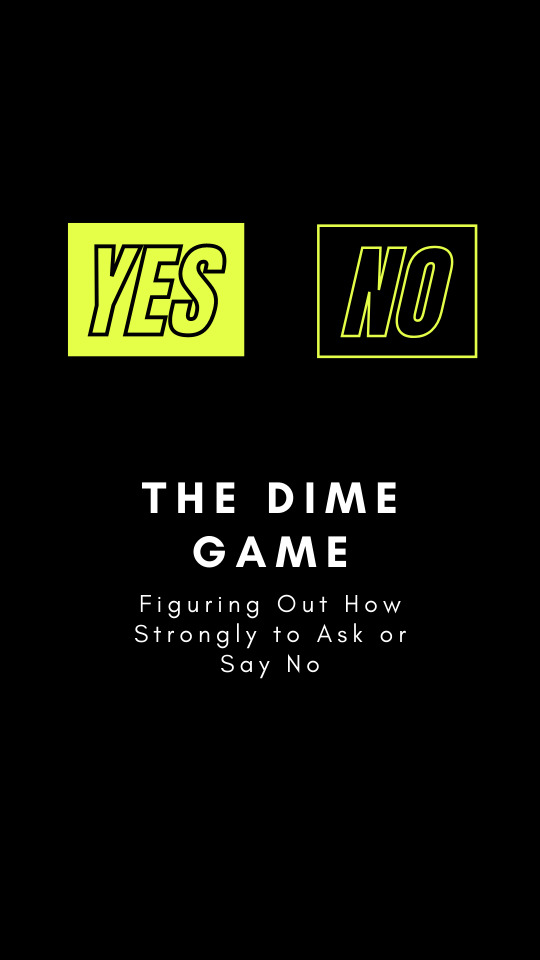
0 notes
Text
Exercise: The Yes, Maybe, No List
We’ve discussed about how we
Here is one of the many exercises you can try to gauge what your boundaries are: the Yes, Maybe, No list - which has been largely used in different therapeutic interventions. (See articles referenced below for the original and other variations of this worksheet.)
For this module, we adapted this to follow a more viable approach for a work-from-home set up.
So, how do we use it? Here are some guidelines in using the Yes, Maybe, No list:
Download the printable on the Yes, No, Maybe list. There are two versions. We’ll discuss each as we present their instructions.
Yes, Maybe, No Freeform Version

The first version uses our team-developed Yes, Maybe, No Freeform List. You will see that the sheet contains three columns of empty lists under the names of “Yes”, “Maybe”, and “No”. On each respective column, write down the list of work-from-home things that you are saying “yes”, “maybe” or “no” to.
Read more to see a more comprehensive list!
Yes, Maybe, No Checklist Version


If you struggle with forming your own statements in the Freeform version, don’t worry! This version gives you a comprehensive list of scenarios or situations that you can answer with a “yes”, “maybe”, and “no.” All of these statements refer to typical work-from-home setups people have. Of course, the list isn’t exhaustive, but we welcome you to add your own items and do the box-checking as you go along.
Similar to the Freeform Version, all you have to do is to read each statement carefully. Then, tick the box you think is your response to the respective item. Is it a Yes? Maybe? Or a No?
Reflection Questions
After completing the worksheet of whichever version, we’d like you to reflect and answer on the following things:
Take a look at your list. Which among these items did you have a hard time thinking about? Which one’s did you find easier to think about?
For those items you had difficulty with, what are the considerations (i.e. personal values, other person’s demeanor, and so on) did you have to think about in order to either include it in the list or check a certain box?
Which among these items do you suppose can change? And what are the circumstances warranting that change?
0 notes
Photo
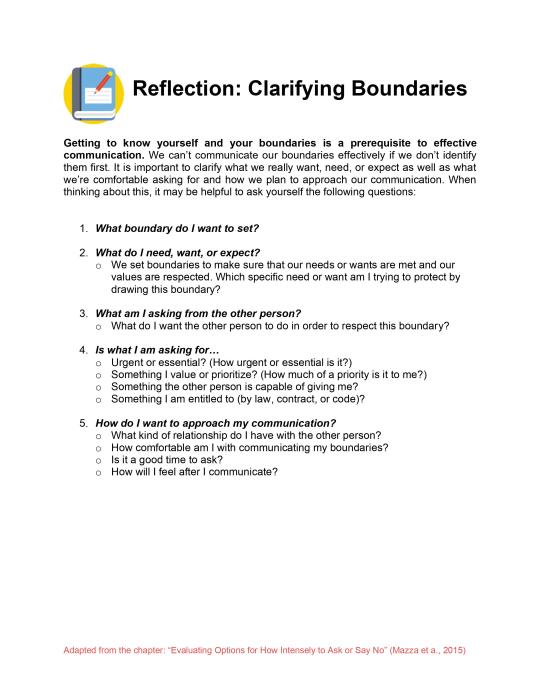
Clarifying Boundaries Exercise | Printable
0 notes
Photo



Effective Communication 101 (Info Sheet) | Printable
0 notes
Photo

DEARMAN Exercise | Printable
0 notes
Photo
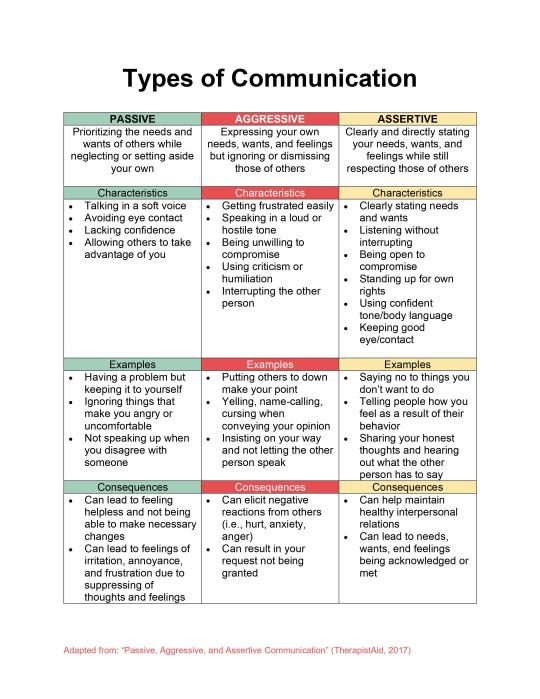

Types of Communication (Info Sheet and Worksheet) | Printable
0 notes
Text
Exercise: Types of Communication
Think about a current or past situation in which you wanted to communicate a boundary. Imagine you are in that situation at present. Describe the situation and formulate a passive, aggressive, and assertive response for it.
Here’s an example:
Situation: You’re busy writing a major report for work that’s due in an hour. Your mom asks you to help her fold the laundry. You still have a lot to do for the report.
Passive: “Uh, sure. I’ll do that now.”
Aggressive: “It’s obvious that I’m really busy. Why do you even ask?”
Assertive: “I need to finish this report for work first, then I can help you with the laundry”
Now you try!
Adapted from “Passive, Aggressive, and Assertive Communication” (TherapistAid, 2017)
Resources:
TherapistAid (2017). Passive, Aggressive, and Assertive Communication [Worksheet]. https://www.therapistaid.com/therapy-worksheet/passive-aggressive-and-assertive-communication
0 notes
Text
Exercise: DEARMAN
Think about a current or previous situation in which you wanted to communicate a boundary. Imagine you are in this situation at present. Practice using the DEARMAN skills to help you effectively attain your objectives.
1. Describe
Describe the situation objectively. Stick to facts and avoid making judgments or interpretations.
2. Express
Form a statement that expresses what you feel or think about the situation. Begin with “I feel” or “I would like”
3. Assert
Form a statement that clearly conveys what you need or want from the other person. Begin with “I want”, “ I need”, “I expect”, “I can’t”, or “I don’t want”.
4. Reinforce
How will you reward or reinforce the other person when they respond well to you? Describe the words or gestures you will use.
5. Mindful
What is your objective in this situation? What are things that could distract you from your goal? What can you do to stay on track?
6. Appear Confident
How will you appear confident through your body language and gestures? Describe your posture, tone and volume of voice, and eye contact.
7. Negotiate
What are alternatives you are willing to accept? What are your non-negotiables?
Adapted from “DBT Skills: DEARMAN Skills” (TherapistAid, 2020)
Resources:
TherapistAid (2020). DBT Skill: DEARMAN [Worksheet].https://www.therapistaid.com/therapy-worksheet/dbt-dear-man
0 notes
